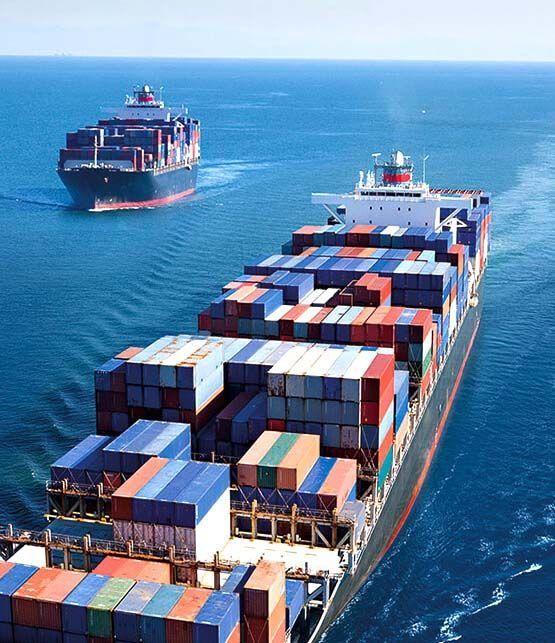Shipping Chinese goods to the Netherlands requires navigating various regulations, and obtaining an import license is a crucial step. Knowing how to get Netherlands import license for Chinese goods ensures compliance, smooth customs clearance, and successful market entry. This guide will walk you through the essential process.
1. Identify Applicable Goods and Regulations
Research Product Categories
Different products have varying import requirements in the Netherlands. Research your goods’ HS (Harmonized System) codes to understand their classification. For example, agricultural products, electronics, and pharmaceuticals often have strict regulations.
Understand Dutch and EU Laws
Familiarize yourself with both Dutch and European Union import laws. The EU sets common standards, while the Netherlands may have additional specific rules. Stay updated on any regulatory changes that could impact your goods.
2. Determine Eligibility
Check Business Requirements
Ensure your business meets the criteria for applying. This may include having a valid business registration, tax identification number, and a good compliance record. In some cases, you might need to be a registered importer in the Netherlands.
Consider Special Conditions
Certain goods may require additional qualifications. For instance, importing food products might demand food safety certifications, and chemicals may need environmental safety approvals.
3. Prepare Application Documents
Gather Basic Information
Collect details about your business, such as company name, address, contact information, and registration number. Also, document the nature of the goods, including their description, quantity, and value.
Compile Supporting Documents
Prepare documents like commercial invoices, product specifications, and certificates of origin. Depending on the goods, you may need additional paperwork, such as quality inspection reports or safety certificates.
4. Submit the Application
Choose the Right Authority
In the Netherlands, different import licenses are handled by various government agencies. Identify the correct department responsible for your goods, which could be the Dutch Customs Administration or other specialized bodies.
Use Online Portals or In-Person Submission
Many applications can be submitted online through government portals, which offer convenience and faster processing. However, some cases may require in-person submission at the relevant office. Follow the specified procedures accurately.
5. Track Application Progress
Obtain a Reference Number
After submission, you will receive a reference number. Use this number to track the status of your application on the official website or by contacting the authority directly.
Be Responsive to Requests
If the authorities request additional information or clarification, respond promptly. Delays in providing requested details can extend the processing time.
6. Receive and Comply with the License
Review License Conditions
Once approved, carefully review the terms and conditions of the import license. Ensure you understand any restrictions, expiration dates, or reporting requirements.
Follow Post-license Procedures
Some licenses may require periodic reporting or compliance checks. Adhere to these procedures to maintain your eligibility to import goods into the Netherlands.
In conclusion, learning how to get Netherlands import license for Chinese goods involves understanding regulations, determining eligibility, preparing documents, submitting applications, tracking progress, and complying with license conditions. By following these steps, you can navigate the licensing process successfully. For more professional advice, companies like China Top Freight can offer insights into international trade regulations.Utilize China Top Freight to help solve the problems you are facing. Contact us today to embark on your smooth transportation journey!


